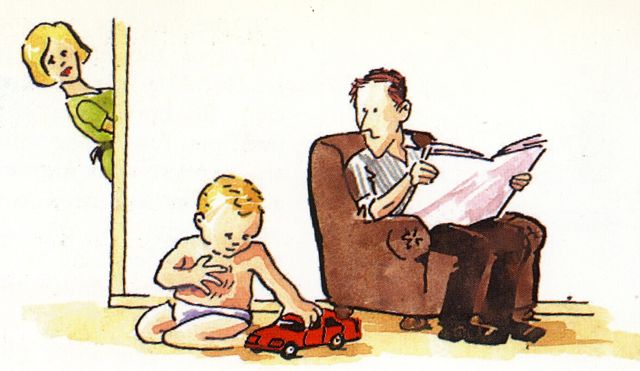Habit Reversal Tip #20: Planning habit reversal for the younger child: listing circumstances

Using The Combined Approach with the very young requires a particular programme.
Just as in adults and older children, habitual scratching is an important cause of chronic eczema in younger children. Chronic means longstanding: sometimes better, sometimes worse, but never clearing completely.
Habitual scratching originates from a conscious, purposeful response to itch, but like any behaviour that is repeated often enough, scratching can soon become habitual. Habits tend to be automatic, unconscious and linked generally by conditioning to certain times and circumstances, as much as to the original specific stimulus. Habitual scratching is done “without thinking”, and once established, much of it can go unnoticed, both by the person concerned, and by others around.
For the younger patient with chronic eczema, to become aware of this habitual behaviour is a job for the parents. Awareness, and discussion, will lead to better understanding of habitual scratching. As the habit has developed, sometimes it has become an expression of emotional needs, becoming a “non-verbal communication” between child and parent: a child learns that scratching can also sometimes attract attention!
Before starting habit reversal with a younger child, time needs to be set aside over a few days to observe and list when scratching occurs most, in order that an appropriate treatment plan can be drawn up. As with adults and older children, certain activities, situations and times of the day will be especially linked to scratching. Changing clothes, being bored, and getting tired may all feature, and for the child who has yet to learn to speak scratching can become associated with a need for attention.
When are the most scratchy circumstances for your child?
